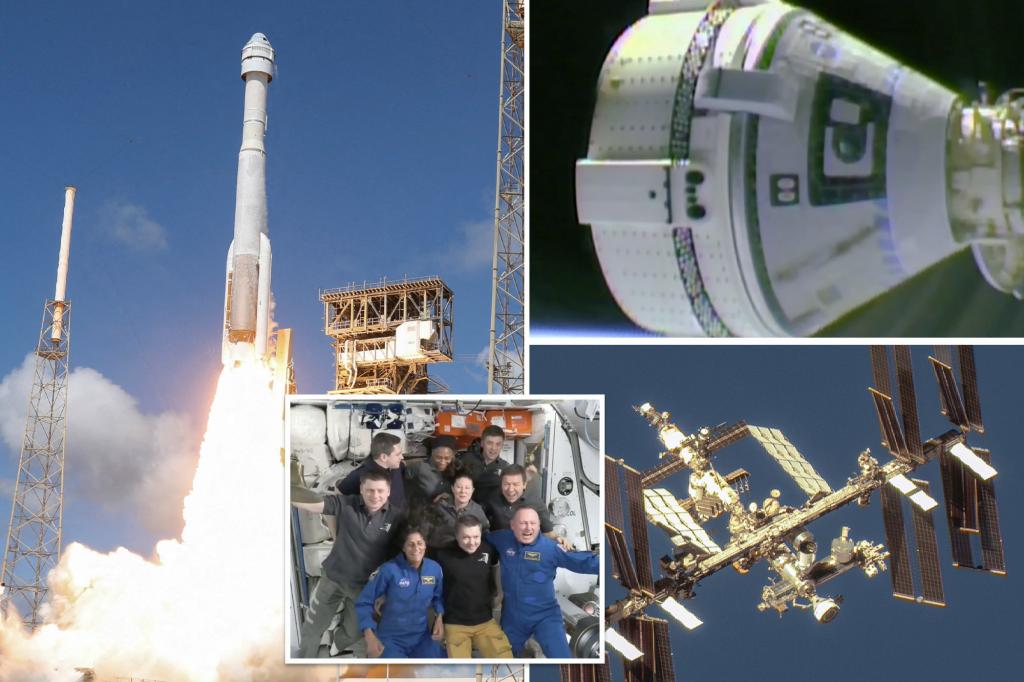NASA and Boeing executives knew before launch that their Starliner rocket was leaking, but believed it was too small to pose a threat — as two astronauts are now stuck on the International Space Station because of the problem, new reports say.
Officials found a helium leak on the troubled Starliner before its June 5 launch, but NASA and Boeing leaders said the rocket was good to go because the problem was supposedly too minor to pose a safety risk to the spacecraft, according to reports. CBS News. The rocket’s launch date had already been postponed due to a new leak.
Once in orbit, four more helium leaks occurred, with one thruster officially deemed unusable.
The return trip for astronauts Butch Wilmore and Suni Williams has now been postponed until at least July 2.
Boeing has borne the brunt of the criticism over Starliner’s current situation.
The company is already under fire following high-profile failures of its aircraft over the past year, with at least 20 whistleblowers coming forward to raise concerns about safety and quality issues at the aerospace giant.
Wilmore and Williams were scheduled to return home on June 13 after a week on the ISS, but their return date remains up in the air as engineers continue to analyze and test the helium leaks and thrust failures on the Starliner, NASA said.
“We are taking our time and following our standard mission management team process,” Steve Stich, manager of NASA’s Commercial Crew Program, said in a statement.
“We are letting the data guide our decision-making regarding management of the small helium system leaks and thruster performance we observed during the rendezvous and docking,” he added.
Stich claimed that NASA still has confidence in Starliner despite the problems, claiming that the spacecraft “performs well in orbit while docked with the space station.”
NASA officials dismissed the idea that Wilmore and Williams were stuck on the ISS, claiming that the duo still has permission to disconnect and fly home at any time if a major problem arises.
But NASA and Boeing’s problems and tests raise questions about whether Starliner will be able to make its six-hour return journey.
Boeing has spent about $1.5 billion in cost overruns on top of the original $4.5 billion contract it signed with NASA, which hopes to make Starliner its second transport to the ISS, joining SpaceX’s Crew Dragon.
Starliners’ repeated leak problems could threaten that future and further damage Boeing’s already problematic reputation in the aerospace industry.
The company has been plagued by safety problems since early this year, when a door panel on an Alaskan Airlines Boeing 737 Max 9 plane blew off after four key latches appeared to be missing.
Jennifer Homendy, chair of the National Transportation Safety Board, later flagged continued problems with Boeing’s production line, with several whistleblowers coming out to say they felt pressured to keep quiet when they discovered defects on the line.
Boeing did not immediately respond to The Post’s request for comment.
